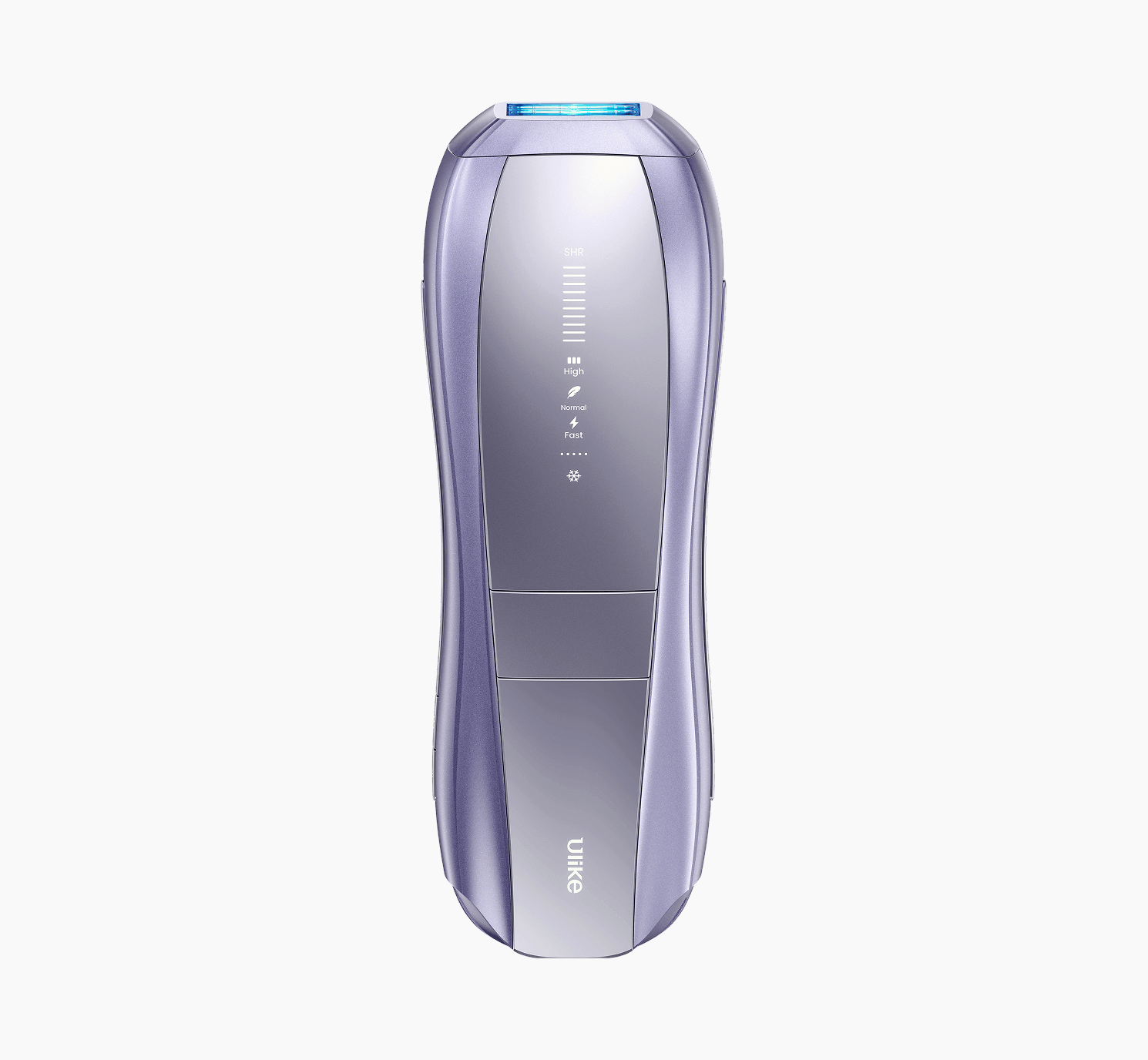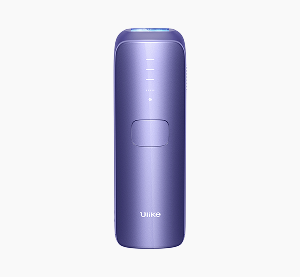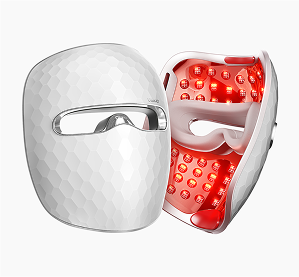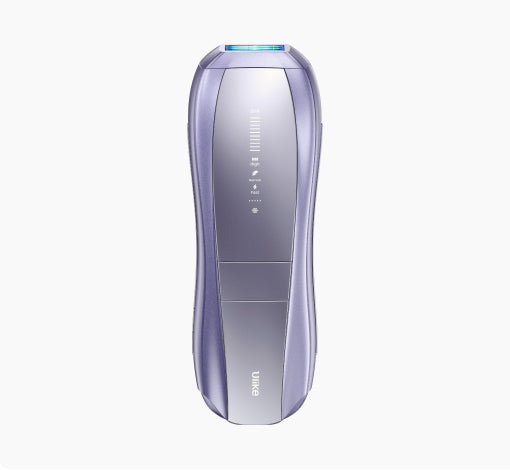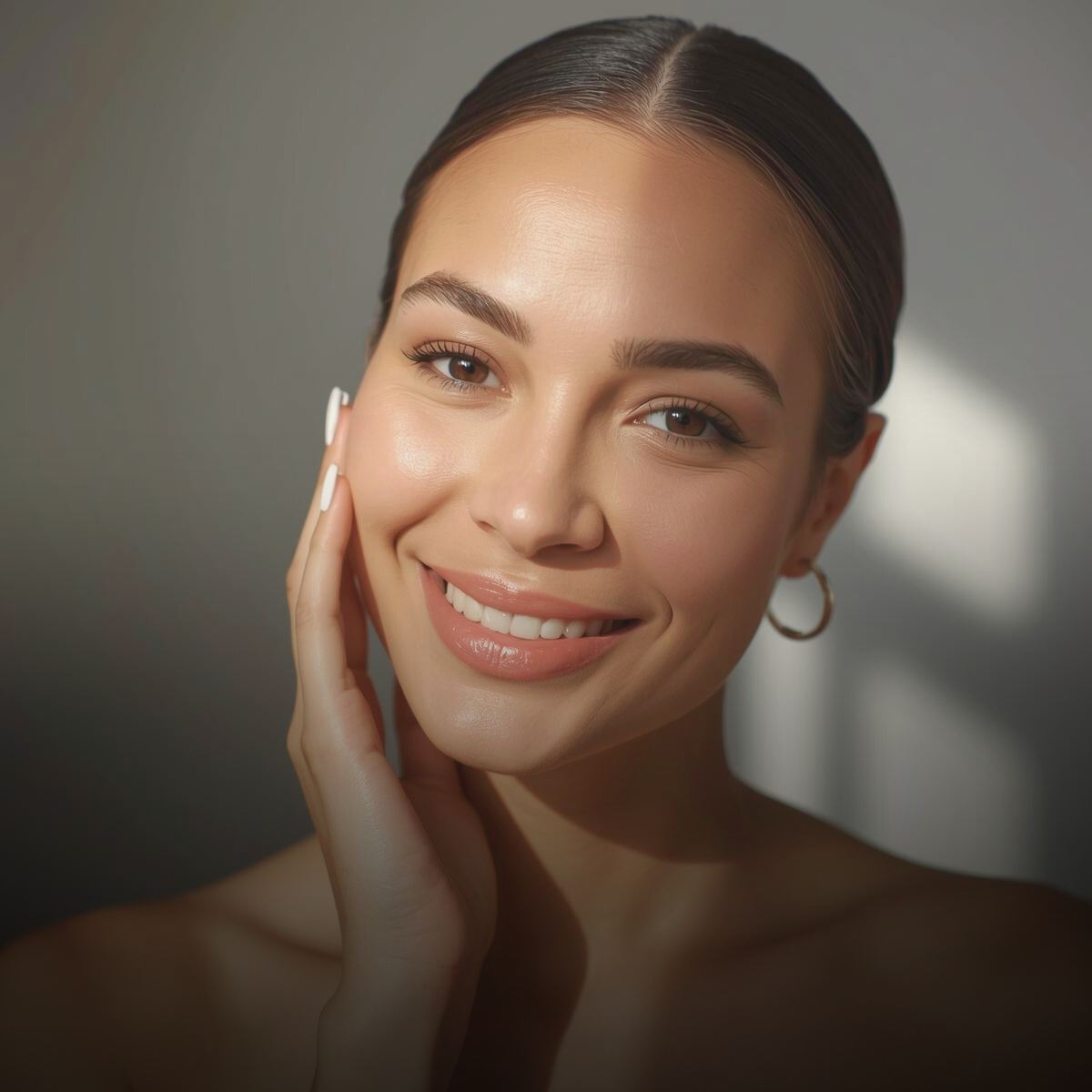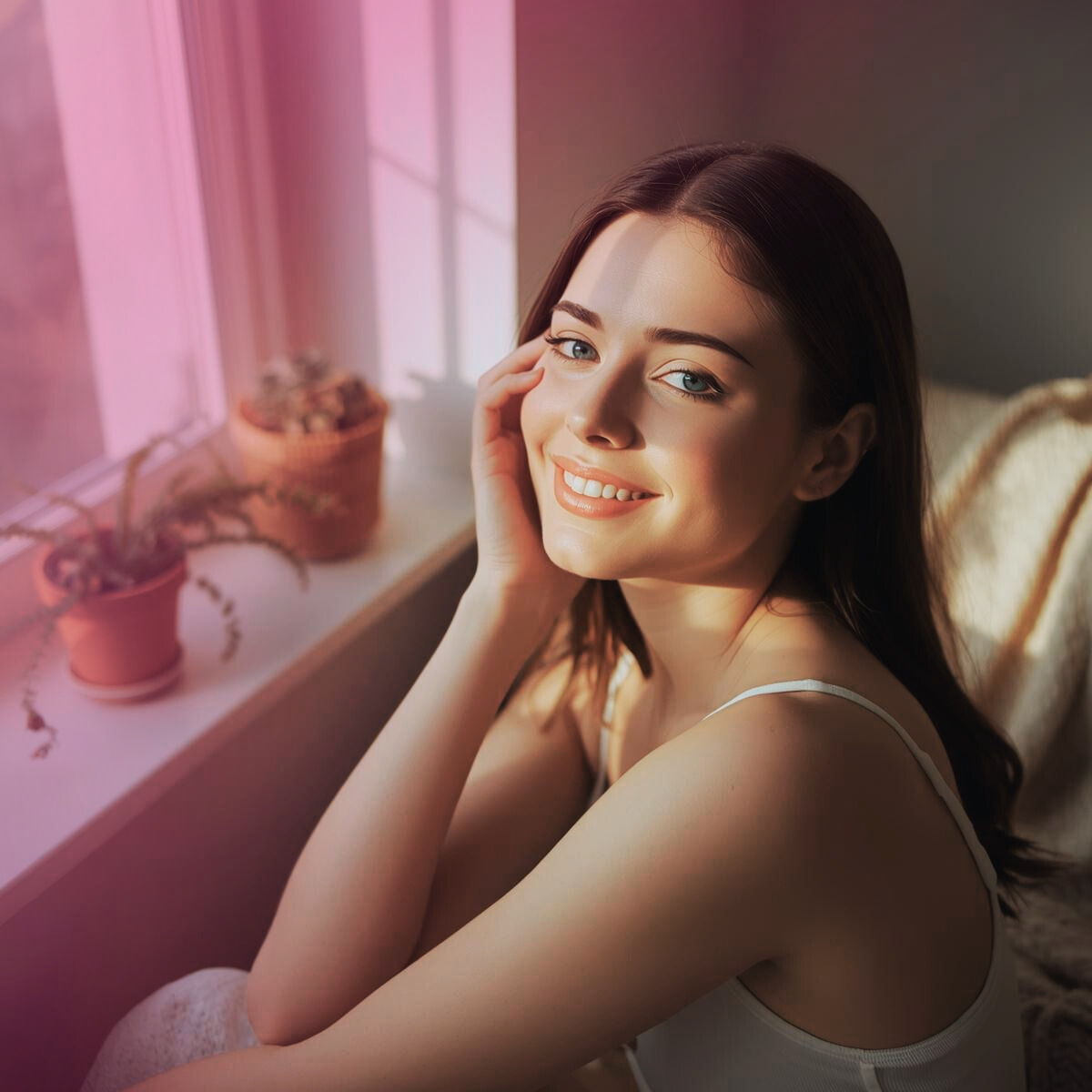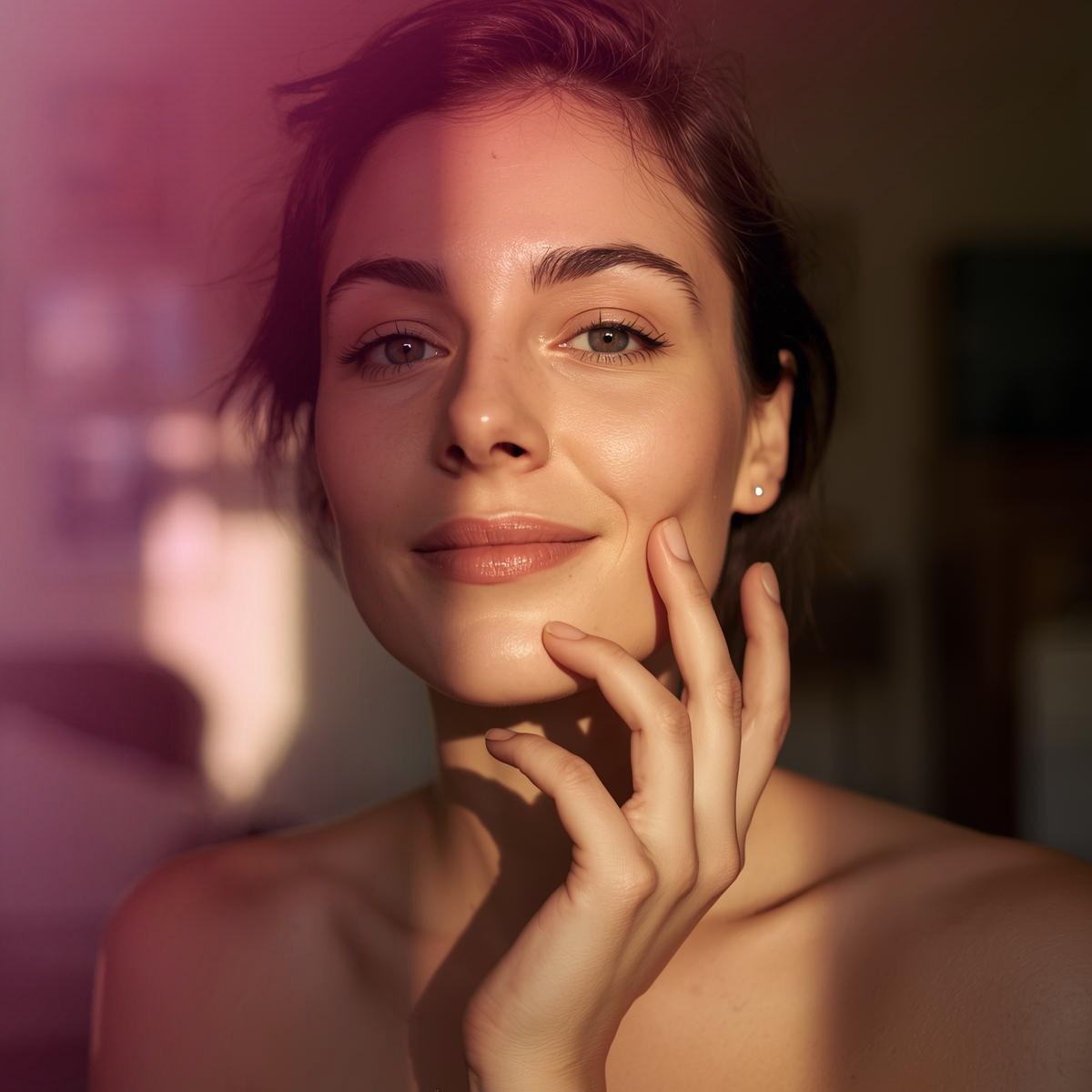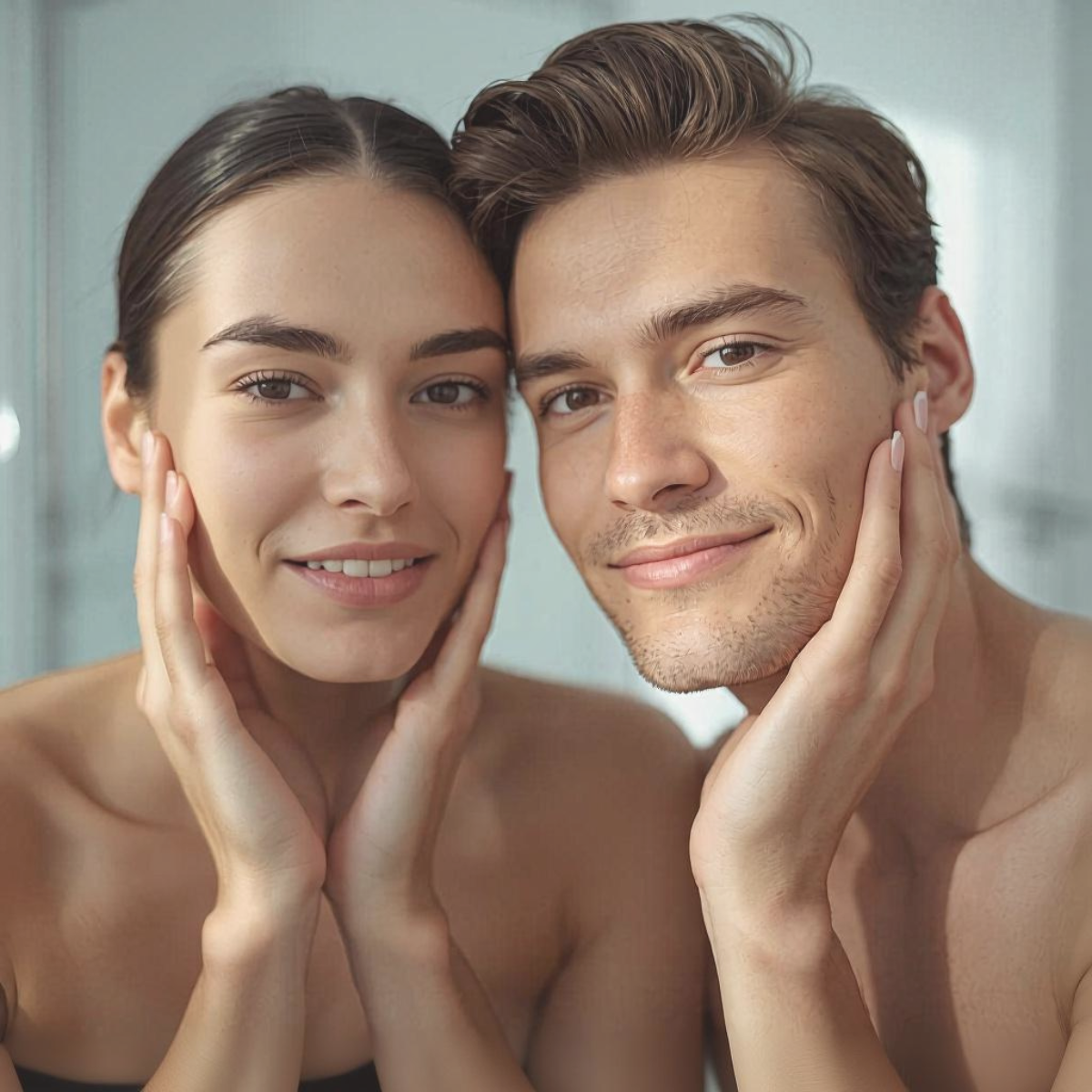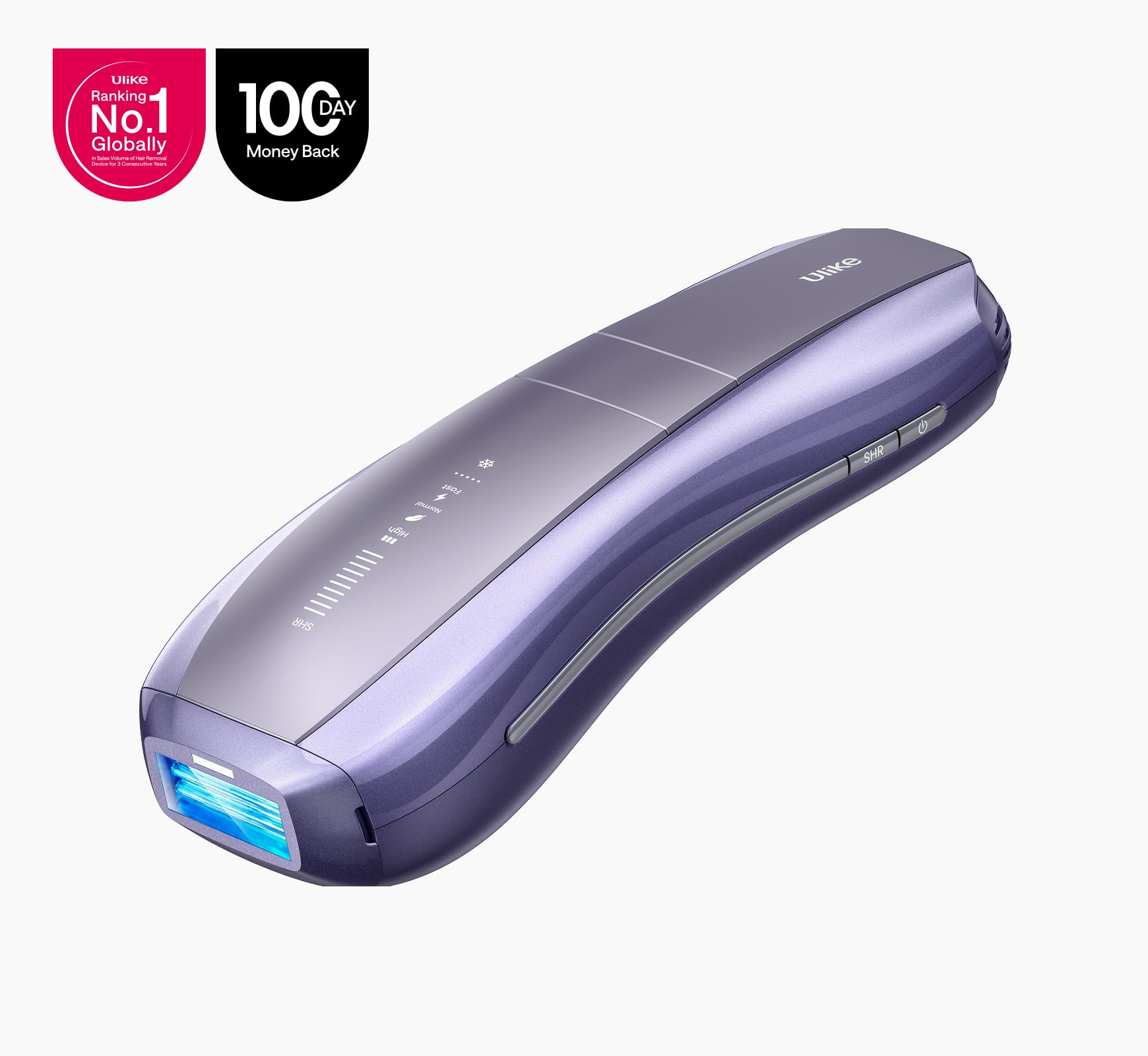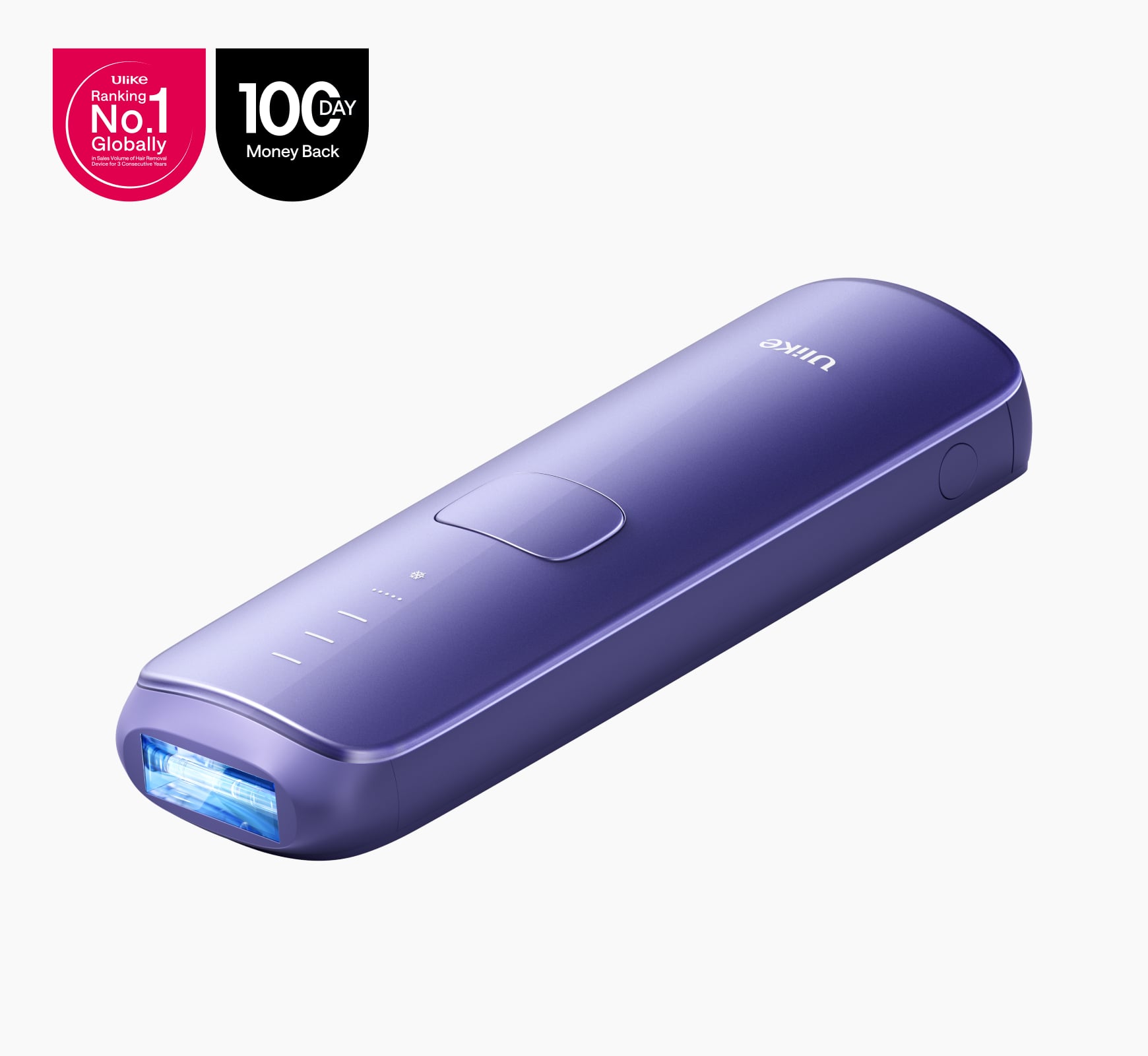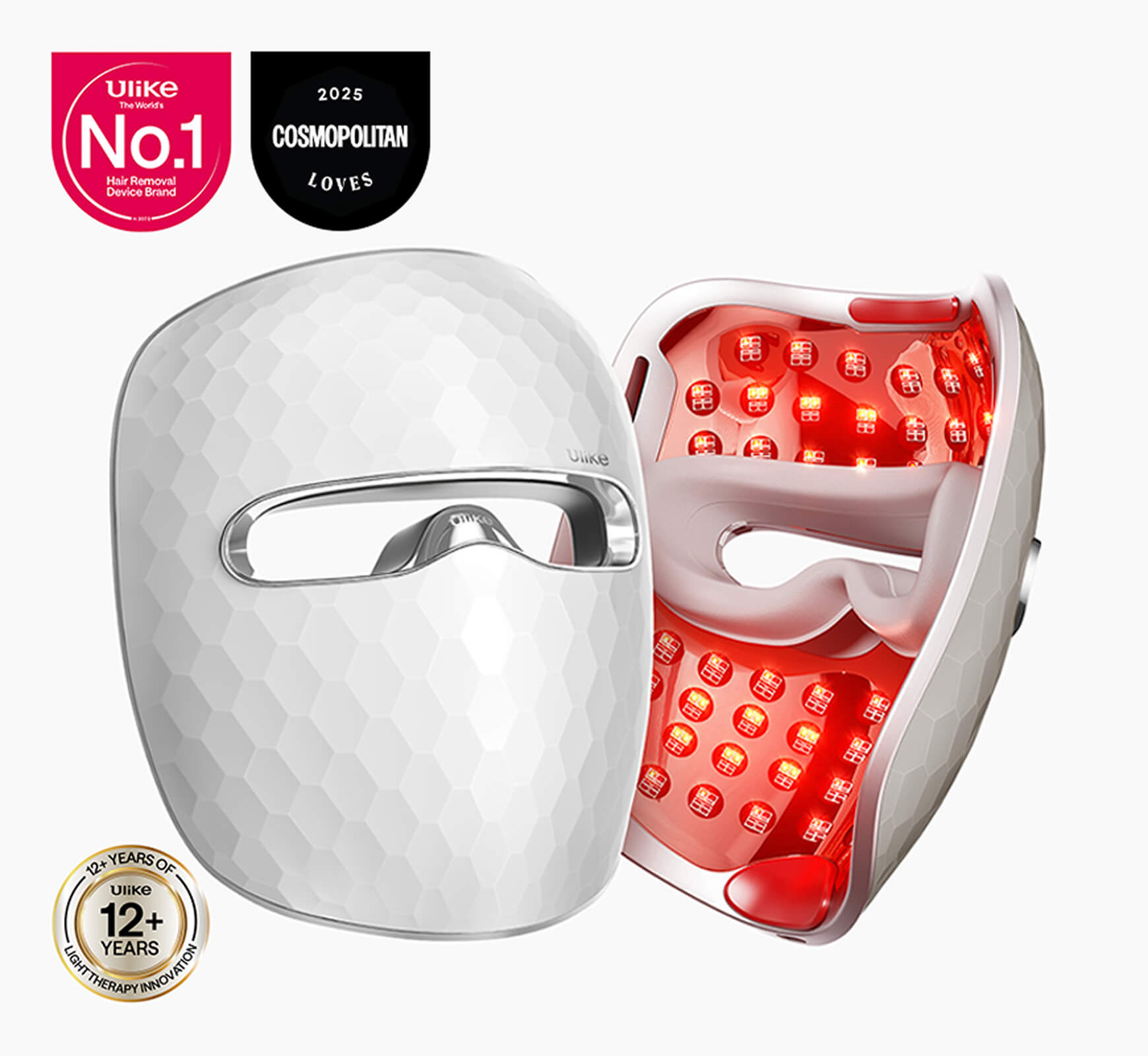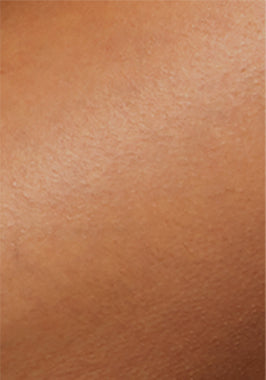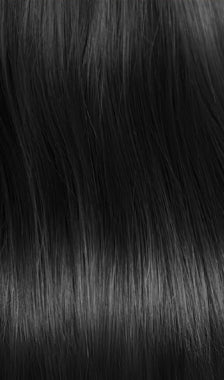Finding My Own Comfort with Vaginal Hair
I still vividly remember the first time I became aware that people have diverse opinions regarding vaginal hair. Some of my friends would shave it all off, some would leave it natural, and a few did a bit of both depending on the season. For the longest time, I wasn’t really sure what was normal. But as I got older and learned more about my body, I realised there’s no one right way to care for that part of my body. It’s completely personal.
The discussions surrounding body hair have transformed in the UK over the past few decades. Attitudes towards self-care, self-positivity, and personal ease have evolved to be more open and accepting. Recently, I’ve talked with more women about body hair and, more specifically, vaginal hair. Women talk about how to care for it and the decision to remove it or not. It is no longer about conforming to societal norms; it is about feeling clean, confident, and comfortable in your skin.
It is understandable how there can still be confusion. Online information, or rather, misinformation surrounding what is “healthy”, “normal”, and “best” can be overwhelming and contradictory. Some say to leave it, others say to remove it, and the different methods go on and on. I’ve done a few of them myself. Over the years, I’ve shaved, waxed, and used personal IPL devices.
I’ve learned that care for this area is not about achieving perfection. It is about knowing what is safe for your skin and what works.
Why Vaginal Hair Exists
I never really wondered why vaginal hair grows until I started researching how to groom it. Turns out, according to the British Association of Dermatologists, it's actually pretty important for protection and keeping things clean. It’s not just there for looks; it has a real job to do.
The coolest thing I learned was why vaginal hair is there:
- Less friction: Vaginal hair is like a buffer that stops skin from rubbing when you move. That keeps clothes and workouts from causing irritation.
- Bacteria block: Vaginal hair is a barrier that lowers the possibility of bad bacteria getting to your lady bits and skin around there.
- Moisture control: Vaginal hair wicks away sweat and keeps air flowing. This can make infections from trapped moisture less likely.
- Hormone check: How vaginal hair grows or feels can show hormone changes or shifts in your overall condition.
Once I knew what it was actually for, I totally changed how I treat it. Now, I see it as a natural defence instead of something to get rid of. Because of that, I'm way lenient about grooming. I do what works and feels good for my skin.
Vaginal Hair Growth and Patterns
Vaginal hair grows in different patterns for everyone, influenced by genetics, hormones, and age. Some common patterns and facts include:
- Distribution: Vaginal hair usually grows around the pubic mound and labia, not inside the vagina.
- Density: Some women have thick, dense vaginal hair, while others have finer or sparse growth.
- Texture: Vaginal hair can be curly, wavy, or straight, and may change over time.
- Growth Changes: Hormonal shifts (puberty, pregnancy, menopause) can affect thickness and speed of growth of your vaginal hair.
- Personal Variation: Everyone’s pattern is unique. There’s no “normal” when it comes to vaginal hair.
Recognising your own vaginal hair growth patterns can help you choose whether to keep it natural, trim, or explore other safe care options that suit your comfort and lifestyle.

Myths and Misconceptions About Vaginal Hair
One striking thing that happened to me when I began my journey on how to take care of vaginal hair was that my mind was flooded with various myths. A few had the ring of truth, but a consultation with a dermatology expert plus a study of NHS guidelines made it obvious that most were false.
The following are some of the myths that have struck my mind on vaginal hair and the insights I gained through personal trial, research, and reading.
Myth 1: Having vaginal hair is unhygienic
I used to believe that removing all my vaginal hair meant more cleanliness. But it turns out that this can sometimes be the opposite. The NHS claims that vaginal hair acts as a buffer between your skin and the outside environment and thus protects your skin by preventing rubbing and keeping germs away from sensitive areas. So it’s absolutely normal and even beneficial for your skin to have vaginal hair.
Myth 2: Not everyone is crazy about being hair-free
It is very easy to assume that everybody prefers so smooth even in the most intimate areas but this is not the case. For instance, women in the UK have the preference of different styles, some prefer the shaved look, some have a regular trim while there are others who just keep it natural. Our choice depends on our lives, comfort and feelings. Taking care of your vaginal hair area is the matter of your preference and not of the trends.
Myth 3: Getting rid of hair always messes up your skin
I learnt that the removal of vaginal hair itself isn’t the culprit rather the method you use. Over shaving or using strong creams could cause the skin to become irritated or lead to the occurrence of ingrown hairs but being gentle will keep the skin content.
Usually, skin doctors would recommend one to exfoliate gently, use clean razors and avoid strong products. I also experienced the same when I used to rush through my routine and relied on IPL treatment at home, my skin would not be so irritated anymore.
Myth 4: Vaginal hair makes you less feminine
The perspective of beauty that comes from social media is often quite limited and I used to feel that in order to maintain cleanliness I had to remove all of my hairs. The truth of the matter is that hair on the body does not determine womanhood. After I stopped caring about what was in and I started to care about what was comfortable for me, I became so much more assured in my skin.
Knowing the lies about these myths made my perception of vaginal hair different. It is a normal, useful body part and nobody should feel embarrassed about it. It doesn't matter if you choose to get rid of it, cut it, or let it be, what really counts is that you are making the decision based on your comfort and understanding, not on the old-fashioned concepts.

How to Remove or Care for Vaginal Hair Safely
I have gone through all the possible ways of dealing with vaginal hair: shaving, waxing, trimming, and more lately, using home IPL. Some of them were tolerable for a while, others gave me irritation that I would not like to go through again. Through a little research and a dermatologist’s advice over time, I have seen what really keeps the area healthy and comfortable.
The following points are the main ones that help me with the vaginal hair and the skin around it.
Keep It Clean but Gentle
Good hygiene means not scrubbing or using strong products. The skin in the vaginal hair area is very sensitive, and over-washing may even make things worse. I use warm water and a mild, unscented wash. The NHS really suggests that you stay away from anything with a fragrance, as it might disrupt the natural pH balance of the skin.
After washing, I dry the skin lightly with a clean towel. It appears to be an uncomplicated task, but being gentle really helps to avoid irritation and keeps the area calm.
Trim or Shape with Care
Honestly, when I just wanna clean things up a bit, trimming is my go-to. I grab a tiny pair of rounded scissors or sometimes an electric trimmer that’s actually meant for delicate spots. Way less drama than shaving. Make sure everything’s dry. Damp vaginal hair sticks everywhere and it gets annoying real quick.
Trimming just feels cleaner. No angry red skin or that scratchy stubble that shows up after shaving. For me, it’s the least fussy way to keep my vaginal hair area looking decent.
If You Shave, Prep and Protect
Before shaving, I jump in the shower first. The warm water makes the vaginal hair all soft and way easier to deal with. Then I slap on some plain, no-nonsense gel (fragrance is just asking for trouble down there) and always, always use a sharp razor. Trust me, a dull blade is just begging for nicks and that lovely burning sensation (ask me how I know).
I only go with the grain. None of that wild zig-zag stuff, and I avoid going over the same spot a million times. After I’m done, I rinse with cool water and hit the vaginal hair area with some soothing moisturiser or aloe gel.
Consider Longer-Term Options
Waxing was a disaster for my skin: red bumps, itchiness, the whole circus. So, I got curious about stuff that wouldn’t leave me looking like I’d wrestled a cactus. That’s when I stumbled onto IPL, aka intense pulsed light. This gadget basically zaps your vaginal hair follicles with flashes of light, and over time, the regrowth slows down. I used an at-home IPL device made for sensitive skin. Way fewer ingrowns, less angry skin, and I get to be lazy for weeks because it actually lasts.
Many dermatologists in the UK agree that IPL is one of the safest options for long-term vaginal hair management when used properly. The NHS also notes that at-home IPL devices are generally safe for most people, as long as you follow the manufacturer’s instructions. Personally, it’s been a breeze, and my skin’s never been happier or smoother.
Prevent Ingrown Hairs Before They Start
Ingrown hairs are the worst. Used to get them all the time. Now, I just exfoliate gently once or twice a week with just a soft washcloth or a mild scrub. Then I slap on some basic, unscented lotion. Smooth and hydrated skin seems to keep those annoying little vaginal hairs from looping back under.
If one does show up, I hit it with a warm compress and let nature do its thing. Picking? Nope, learned that lesson. Makes everything ten times worse. And if it gets super red or looks sketchy, I’ll check in with my GP or just pop down to the pharmacy. Prevention is so much less hassle than dealing with the aftermath.
Choose Breathable Fabrics
Tight, plasticky pants are absolutely not worth it. They just turn everything into a sweaty mess and make any irritation ten times worse. These days, I mostly stick with cotton underwear, especially after I deal with vaginal hair removal. Honestly, it’s such a tiny swap, but it makes everything down there feel way more chill.
Taking care of my vaginal hair without being all paranoid about trends has changed the game for me. I’m so over trying to match some weird beauty standard. Now, it’s just about treating my skin kindly and picking what feels good, full stop. Once I stopped obsessing over how things looked and focused on comfort and health, my whole routine just got way easier. Feels more natural, less stressful, and a lot more me.

Finding the Best Vaginal Hair Care Routine for You
Let’s be real, there’s no secret manual for handling your vaginal hair. Some of us rock the wild, au naturel vibe, others trim it up like a topiary, and a few are all about that silky-smooth life. There’s no “right” way—just what feels good for you.
If you’re eyeing long-term options, I have to say IPL is for me. No more endless razor burn or booking awkward salon appointments. I just zap and go, and it quietly became part of my routine. Way less drama, way more chill. Plus, my skin isn’t throwing a fit every week, which is a win.
In general, your body, your rules. Pay attention to what your skin’s telling you, and forget about anyone’s “shoulds” or “shouldn’ts.” It took me a minute (and a few regrettable experiments) to figure out what worked, but once I did, damn, I felt so much better in my own skin.
And can we please stop pretending pubic hair is some sort of scandal? It’s just hair. Manage it—or don’t—in a way that feels right for you, not because you think you have to impress anyone. That’s honestly the only thing that matters.
Frequently Asked Questions About Vaginal Hair
Before wrapping up, I wanted to answer a few of the questions that often come up when people talk about vaginal hair. These are the things most of us wonder about but don’t always feel comfortable asking out loud.
What is the hair in the private area called?
It’s generally known as pubic hair or vaginal hair. Technically, it grows around the vulva and pubic mound, not inside the vagina itself. This hair helps protect the skin from friction, supports healthy moisture balance, and acts as a barrier against bacteria.
Is it necessary to remove hair from private parts?
No, it isn’t necessary. Vaginal hair has a natural purpose — it protects delicate skin and helps reduce irritation. Some women choose to remove or trim it for comfort or preference, but there’s no medical reason to do so. The NHS simply recommends using clean tools and avoiding harsh products if you decide to remove it.
Is it okay to pluck vaginal hair?
It’s possible, but I wouldn’t recommend plucking individual hairs in this area. The skin is very sensitive, and plucking can lead to irritation or ingrown hairs. Dermatologists suggest trimming, shaving carefully, or trying gentler long-term methods like IPL hair removal instead.
Should a woman shave her pubic hair?
It’s entirely up to her. Some women feel cleaner or more confident when they shave, while others prefer to keep things natural or lightly trimmed. If you do shave, soften the hair with warm water, use a clean razor, and apply a soothing moisturiser afterwards. I’ve found that switching to at-home IPL made my skin calmer and reduced irritation over time.
Is IPL safe for vaginal hair removal?
Yes — when used correctly. At-home IPL devices are generally safe for the bikini line and outer pubic area, but never for the internal labia or mucous membranes. Many UK dermatologists confirm that IPL is a gentle and effective way to manage hair growth. Always start on the lowest setting and follow the device’s instructions carefully.
Does Gen Z like pubic hair?
From what I’ve seen, Gen Z tends to be more relaxed about body hair in general. The focus is less on trends and more on personal comfort and self-expression. Some like the natural look, others prefer smooth skin — but the message is clear: do what feels right for you.

